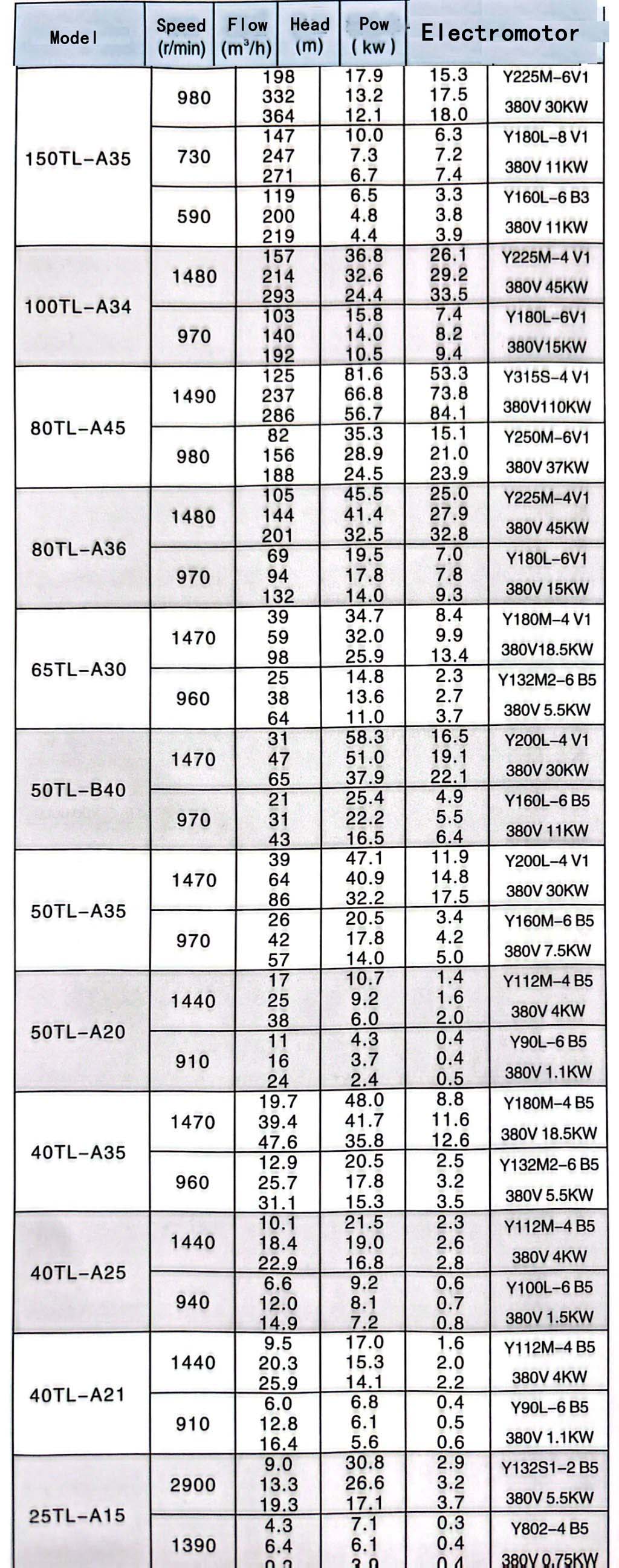Somali
- Afrikaans
- Albanian
- Amharic
- Arabic
- Armenian
- Azerbaijani
- Basque
- Belarusian
- Bengali
- Bosnian
- Bulgarian
- Catalan
- Cebuano
- Corsican
- Croatian
- Czech
- Danish
- Dutch
- English
- Esperanto
- Estonian
- Finnish
- French
- Frisian
- Galician
- Georgian
- German
- Greek
- Gujarati
- Haitian Creole
- hausa
- hawaiian
- Hebrew
- Hindi
- Miao
- Hungarian
- Icelandic
- igbo
- Indonesian
- irish
- Italian
- Japanese
- Javanese
- Kannada
- kazakh
- Khmer
- Rwandese
- Korean
- Kurdish
- Kyrgyz
- Lao
- Latin
- Latvian
- Lithuanian
- Luxembourgish
- Macedonian
- Malgashi
- Malay
- Malayalam
- Maltese
- Maori
- Marathi
- Mongolian
- Myanmar
- Nepali
- Norwegian
- Norwegian
- Occitan
- Pashto
- Persian
- Polish
- Portuguese
- Punjabi
- Romanian
- Russian
- Samoan
- Scottish Gaelic
- Serbian
- Sesotho
- Shona
- Sindhi
- Sinhala
- Slovak
- Slovenian
- Somali
- Spanish
- Sundanese
- Swahili
- Swedish
- Tagalog
- Tajik
- Tamil
- Tatar
- Telugu
- Thai
- Turkish
- Turkmen
- Ukrainian
- Urdu
- Uighur
- Uzbek
- Vietnamese
- Welsh
- Bantu
- Yiddish
- Yoruba
- Zulu
Telephone: +86 13120555503
Email: frank@cypump.com
Oct . 13, 2024 19:21 Back to list
sewage pit and pump
Understanding Sewage Pits and Pumps Essential Components of Wastewater Management
Sewage pits and pumps play a crucial role in modern sanitation systems, especially in areas where traditional sewer connections are non-existent or impractical. These systems are designed to manage the disposal and treatment of domestic wastewater, ensuring that it is safely channeled away from homes and businesses while minimizing environmental impact.
What is a Sewage Pit?
A sewage pit, often referred to as a septic pit or tank, is a subsurface storage system that collects and temporarily holds sewage from a household or establishment. Typically constructed of concrete, fiberglass, or plastic, these pits are designed to allow for the natural breakdown of organic waste through anaerobic digestion. The solid waste in the pit gradually decomposes under the influence of bacteria, while the liquid effluent is either absorbed into the surrounding soil or piped away for further treatment.
One of the main advantages of sewage pits is their ability to serve remote areas without centralized sewage systems. They can be installed in residential properties where the terrain may not allow for standard sewer lines. However, sewage pits require regular maintenance and monitoring to ensure they function properly and do not pose a risk to public health or the environment.
The Role of Sewage Pumps
Sewage pumps are mechanical devices used to facilitate the movement of wastewater from lower elevations to higher ones, or to transport it over long distances to treatment facilities. They are essential in systems where gravity flow is insufficient to carry sewage through pipelines or when the sewage pit is located at a depth that prevents effective drainage.
There are several types of sewage pumps, including submersible pumps, which are submerged in the sewage pit, and effluent pumps, which are primarily used to transfer liquids that contain fewer solids. Each type has its unique applications and advantages, tailored to meet specific needs in wastewater management.
Submersible pumps are often favored because they can handle the harsh conditions of sewage, including solid waste debris. They operate underwater, reducing noise pollution and the risk of odors commonly associated with open sewage lines. However, they require periodic maintenance to prevent clogs and mechanical failures.
sewage pit and pump

Importance of Regular Maintenance
Both sewage pits and pumps require regular inspection and maintenance to ensure their longevity and effectiveness. For sewage pits, this includes monitoring for signs of overflow, bad odors, and the buildup of solids. Homeowners may need to have their septic tanks pumped out every few years to remove sludge that accumulates over time.
Sewage pumps should be checked periodically for mechanical integrity, ensuring that they are functioning optimally. This involves inspecting the electrical components, checking for blockages in the discharge line, and testing float switches that control the pump operation. Neglecting pump maintenance can lead to system failures, resulting in costly repairs and potential environmental hazards.
Environmental Considerations
Improperly maintained sewage pits and pumps can lead to contamination of groundwater and surface water bodies. Wastewater can seep into the soil, carrying pathogens and nutrients that contribute to water pollution. This is particularly concerning in regions that rely on well water for drinking.
To mitigate these risks, it is vital to adhere to local regulations regarding sewage systems and to utilize professional services for installation, maintenance, and pumping. Many communities have guidelines in place to protect water quality and public health, and homeowners are encouraged to follow these regulations.
Conclusion
In conclusion, sewage pits and pumps are integral elements of effective wastewater management systems, especially in areas lacking centralized sewerage infrastructure. Understanding their functions and importance can help homeowners maintain these systems more effectively, ensuring public health and environmental protection. As urban development continues to expand into unsewered areas, the role of sewage pits and pumps will remain vital for sustainable waste management practices. Regular maintenance and adherence to environmental standards will ensure these systems continue to function efficiently and safely for years to come.
-
High-Performance Septic Tank Pumps for Reliable Wastewater Management
NewsJul.26,2025
-
High Efficiency Horizontal Split Case Pump for Industrial Use
NewsJul.25,2025
-
Flue Gas Desulfurization Pump for Efficient Chemical Processing
NewsJul.24,2025
-
High-Efficiency Axial Flow Pump for Water Transfer & Irrigation
NewsJul.23,2025
-
High-Efficiency Horizontal Split Case Pump for Industrial Use
NewsJul.22,2025
-
Reliable Septic Tank Pumps | Durable & Clog-Resistant
NewsJul.22,2025










